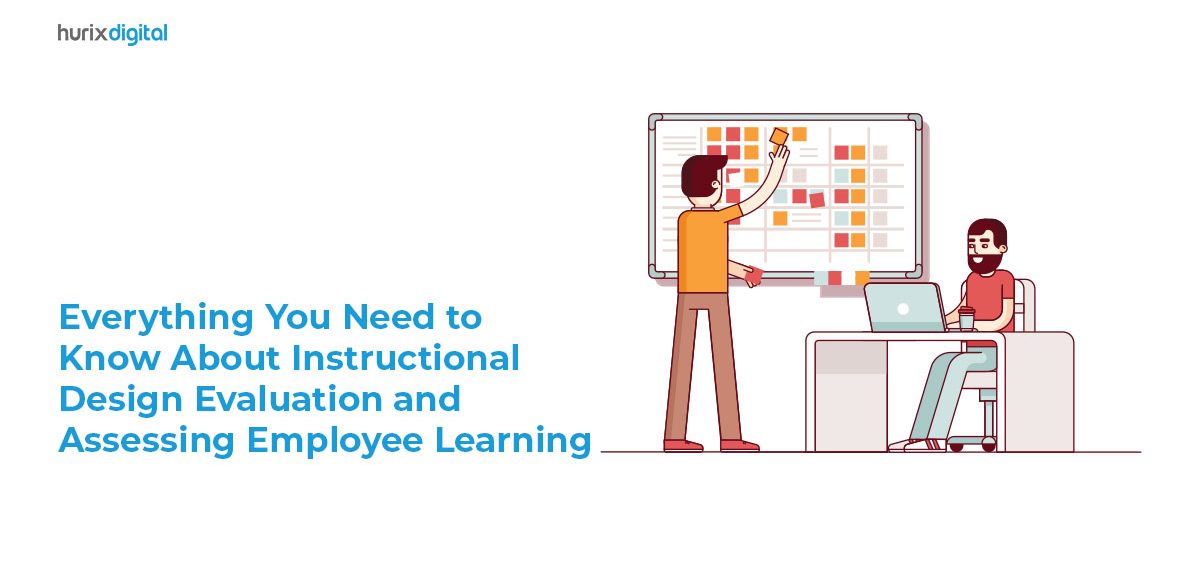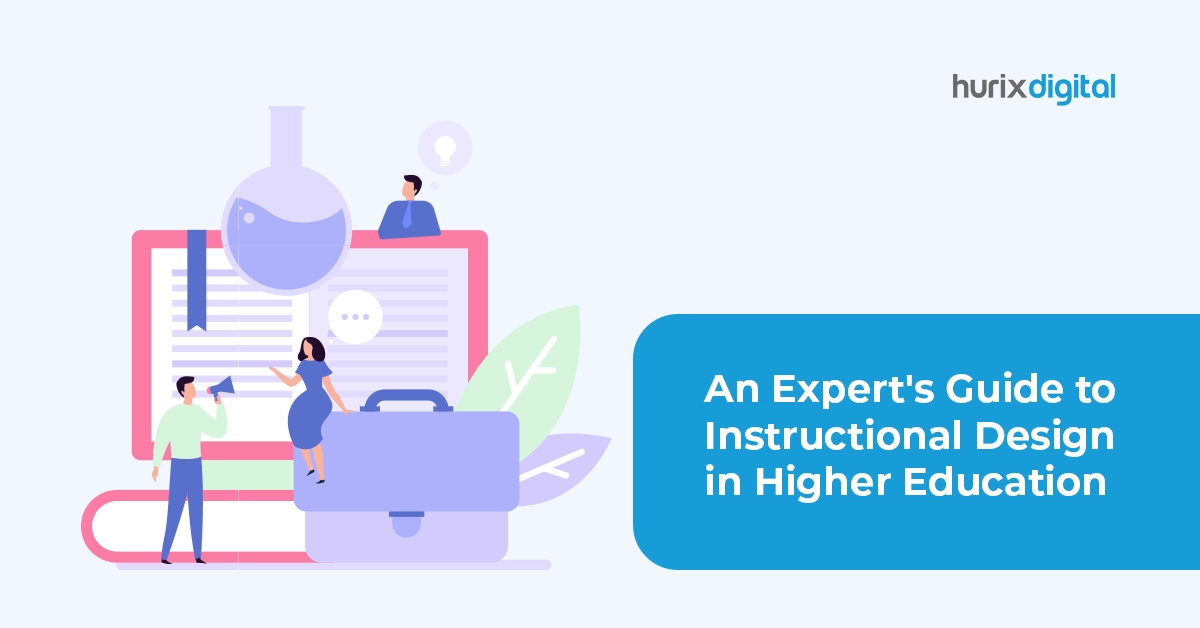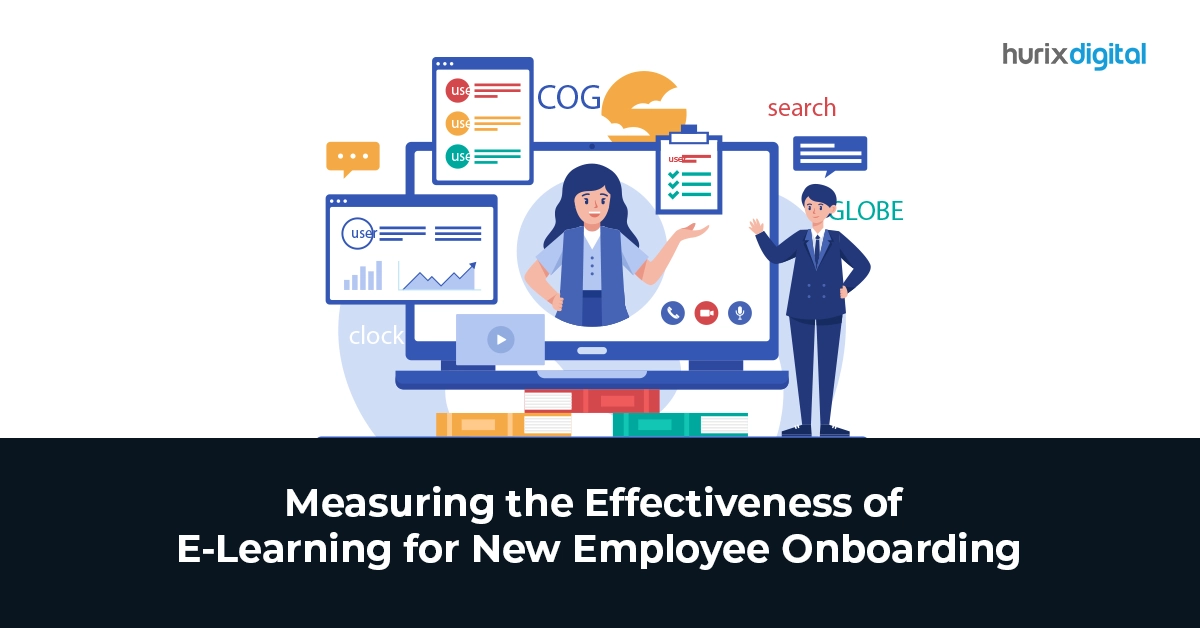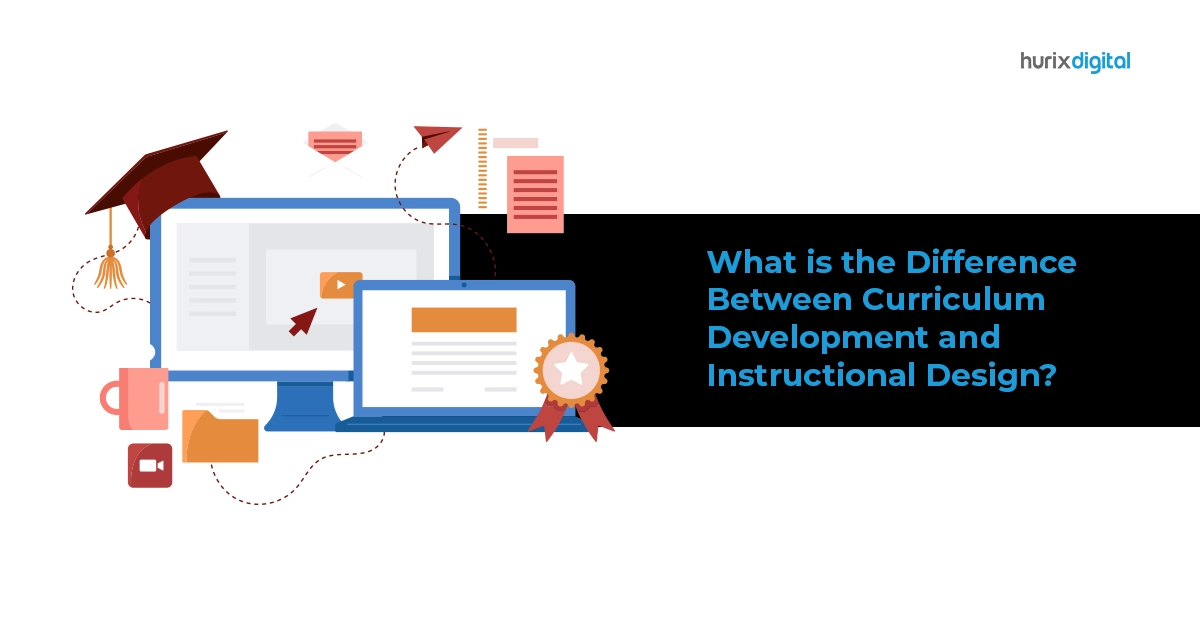Summary
This blog is a comprehensive guide on everything you need to know about evaluating learning outcomes and instructional design evaluation. It provides you with all the important information you need to know about this important process.
Table of Contents:
- What is Instructional Design Evaluation?
- What is the Importance of Instructional Design Evaluation?
- Tips for Instructional Design Evaluation
- In Conclusion
It is very important to do an instructional design evaluation after conducting training programs to evaluate whether the intended goals and objectives have been achieved. Additionally, it is crucial to indulge in learning outcomes assessment in an organized manner with careful planning to identify the needs of the learners rightly, makes necessary adjustments, and continue the journey toward continual improvement.
If you are also struggling with assessing learning outcomes after implementing workforce instructional designs and training programs, you are at the right place. In this detailed guide, we have covered everything you need to know about evaluating learning outcomes and instructional design evaluation.
Statistics reveal that only 27% of corporate offices and organizations have evaluation and measurement strategies. Experts often wonder why companies neglect this opportunity to improve the effectiveness of their training programs and workforce instructional design. If you are also making the same mistake, it is high time you rectify it and ace your workplace learning evaluation.
What Is Instructional Design Evaluation?
Instructional design evaluation can be understood as a systematic process of measuring and analyzing the effectiveness of instructional designs and training programs. One of the major elements of design evaluation is data gathering as a form of evidence to evaluate learners’ performance.
The performance is then further measured by learning support provided earlier to assess whether the learning objectives have been achieved.
Some of the other key aspects of instructional design evaluation and assessing employee learning are:
- Alignment of instructional design with the goals and learning objectives
- Effectiveness and efficiency of the learning material and support
- Engagement and interactivity of the learners with the instructional design
- Learners’ motivation and willingness to adopt the learning experience
- Feedback mechanisms after the completion of the instructional design
- Use of technology to implement the instructional design
- Adjustments and refinements in design after the feedback
Also Read: 6 Benefits of Hiring an Instructional Design Service Provider
What is the Importance of Instructional Design Evaluation?
Mentioned here are some major advantages of instructional design evaluation:
1. Measure the Learning Outcomes
The first and most evident advantage of design evaluation is measuring the learning outcomes. This process will provide real-time evidence to see how effective the program was.
It can help make the right judgments regarding the learner’s attitude, knowledge, skills, etc.
2. Identifying the Strengths and Weaknesses
Each learner comes with their own set of strengths and weaknesses. With an effective instructional design and its evaluation, you can identify the strengths and weaknesses and then cater to your learners accordingly. You can design the upcoming workforce instructional design to address the weaknesses and areas of improvement specifically.
You can also utilize the few learners with desired strengths to help you design the upcoming instructional designs. Their recommendations and feedback can go a long way in understanding a learner’s perspective. An in-depth knowledge of learners’ needs and perspectives will allow you to optimize the instructional design significantly and maximize its impact.
3. Informed Decision Making
The data collected after performance evaluation in workforce training can help to hire managers, designers, and trainers. It can also help make more informed decisions when it comes to resource allocation, curriculum design, instructional methods, technology integration, and much more.
The more informed the decision-making, the higher the chances of an improved learning experience and a happy workforce.
4. Improving Accountability
Another advantage of creating instructional design and its evaluation is enhancing accountability. It holds all the stakeholders involved, like trainers, designers, curriculum designers, etc., all responsible for the implementation, impact, and outcome of the training process.
The accountability automatically motivates them to put their best foot forward and keep the best interests of the learners in mind.
5. Increasing Learner Engagement and Satisfaction
Continuous learning outcome evaluation through data collection and feedback allow the organization to identify the areas of improvement and the learners.
The feedback can help the learners identify the challenging areas and ask for help accordingly. In the long run, an organized improvement process helps increase learners’ engagement and satisfaction.
Also Read: How Can Interactive eLearning Modules Improve User Engagement?
6. Create an Environment of Continuous Development
Last but not least, design evaluation and measuring learning outcomes play a huge role in creating a continuous improvement cycle.
All the parties involved will continue to work efficiently to optimize the training programs and identify areas for improvement. Additionally, this will also ensure that the instructional design remains relevant and meets the needs of the learners.
Tips for Instructional Design Evaluation
- Keep the aims and objectives in your mind and plan accordingly.
- Regularly update the aims and objectives to strive for effectiveness and efficiency.
- Use a variety of evaluation methods to validate your findings.
- Collect your evaluation data both quantitatively and qualitatively.
- Ensure you maintain confidentiality and anonymity during the evaluation process.
- Effectively monitor and track the progress of the evaluation process.
- Make all the necessary and suggested adjustments to the instructional design and evaluation process.
- Do proper documentation and create comprehensive reports of the results.
- Cultivate an environment of continuous improvement and relevancy.
- Motivate your learners to indulge in healthy communication and discussions.
In Conclusion
Measuring learning outcomes and instructional design evaluation can go a long way in improving learning engagement, identifying areas for improvement, and providing continuous support to learners. Performance evaluation is a vital component that can transform the functionality of your organization.
If you are looking for help with doing a systematic design evaluation and performance evaluation in workforce training, you can reach out to Hurix Digital. We are rightly known to provide some of the best digital solutions services.
Some of our trusted customers are Ikea, Deloitte, FedEx Express, and many more. Our digital services are eLearning and Training Solutions, Custom Software Development, K-12 Content Solutions, Production Services, Robotic Process Automation, etc.
Get in touch with our expert team now to get started with instructional design evaluation and much more.











